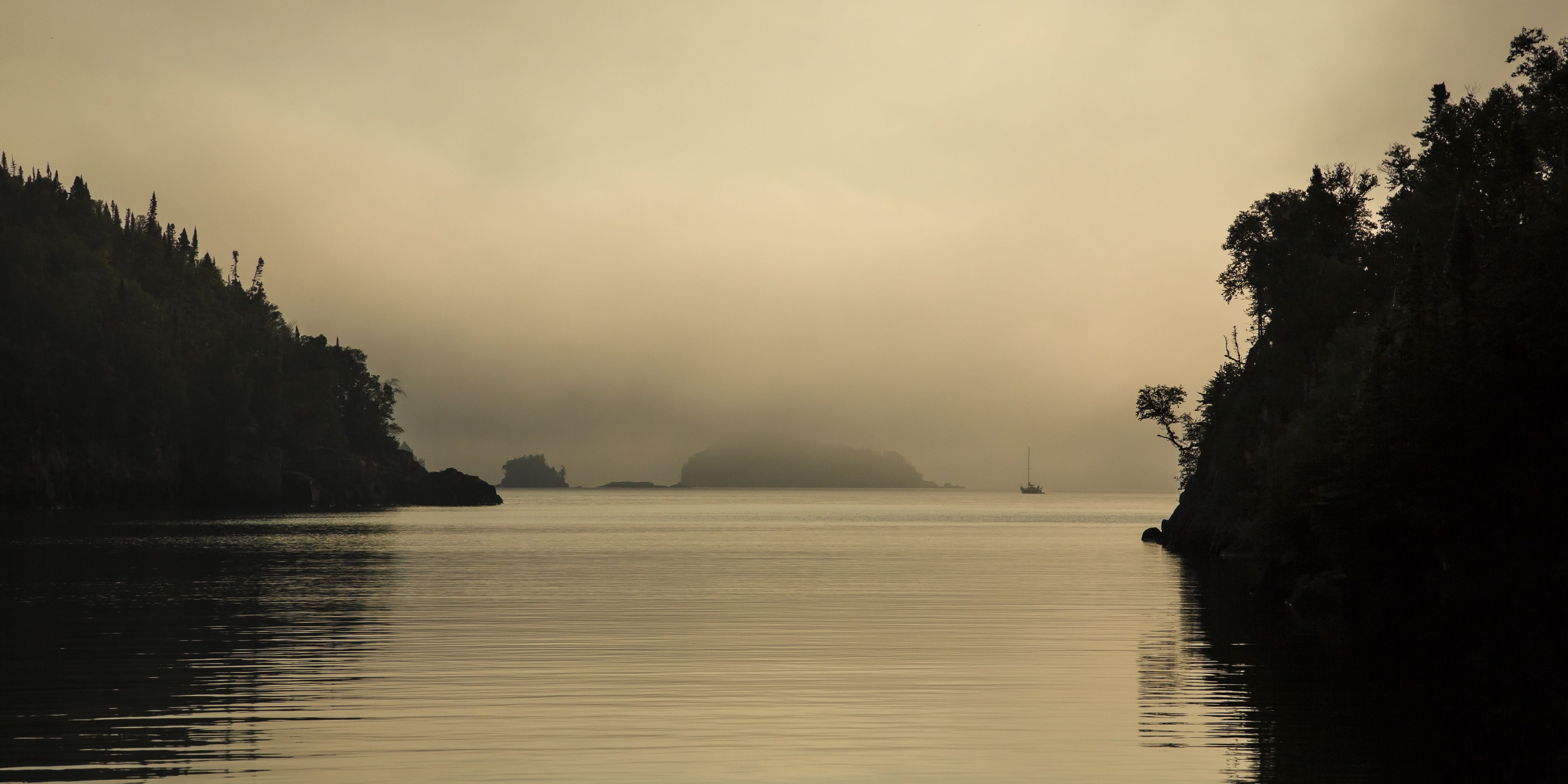Passageway
A journey through historic sites in Canada's easternmost province
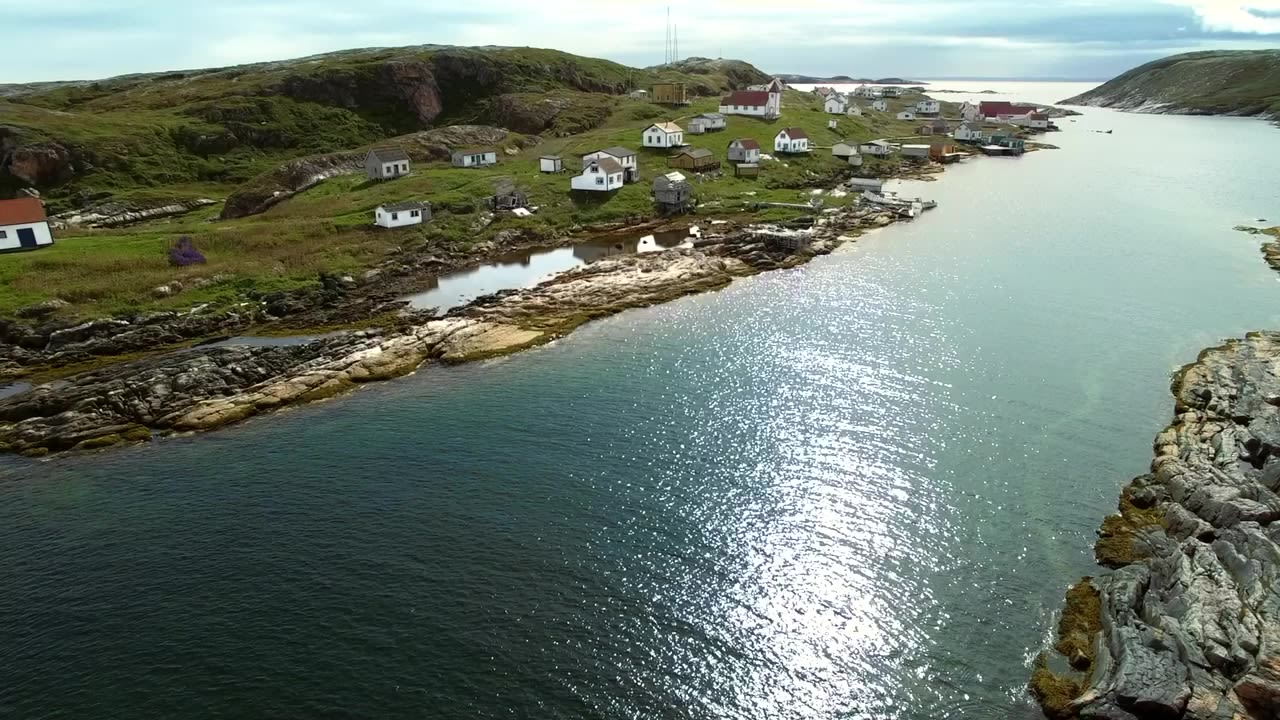
Located at the eastern edge of the North American continent, Newfoundland and Labrador is the largest of the Atlantic Canada provinces. It has 29,000 kilometres of coastline, a rich natural and cultural history and a reputation as a friendly and welcoming destination.
The province has six sites designated as significant by the United Nations (UNESCO) and dozens more that are national or provincial historic sites.
Take a journey through a few of these incredible places on this itinerary that starts in the capital city of St. John's.
Newfoundland & Labrador
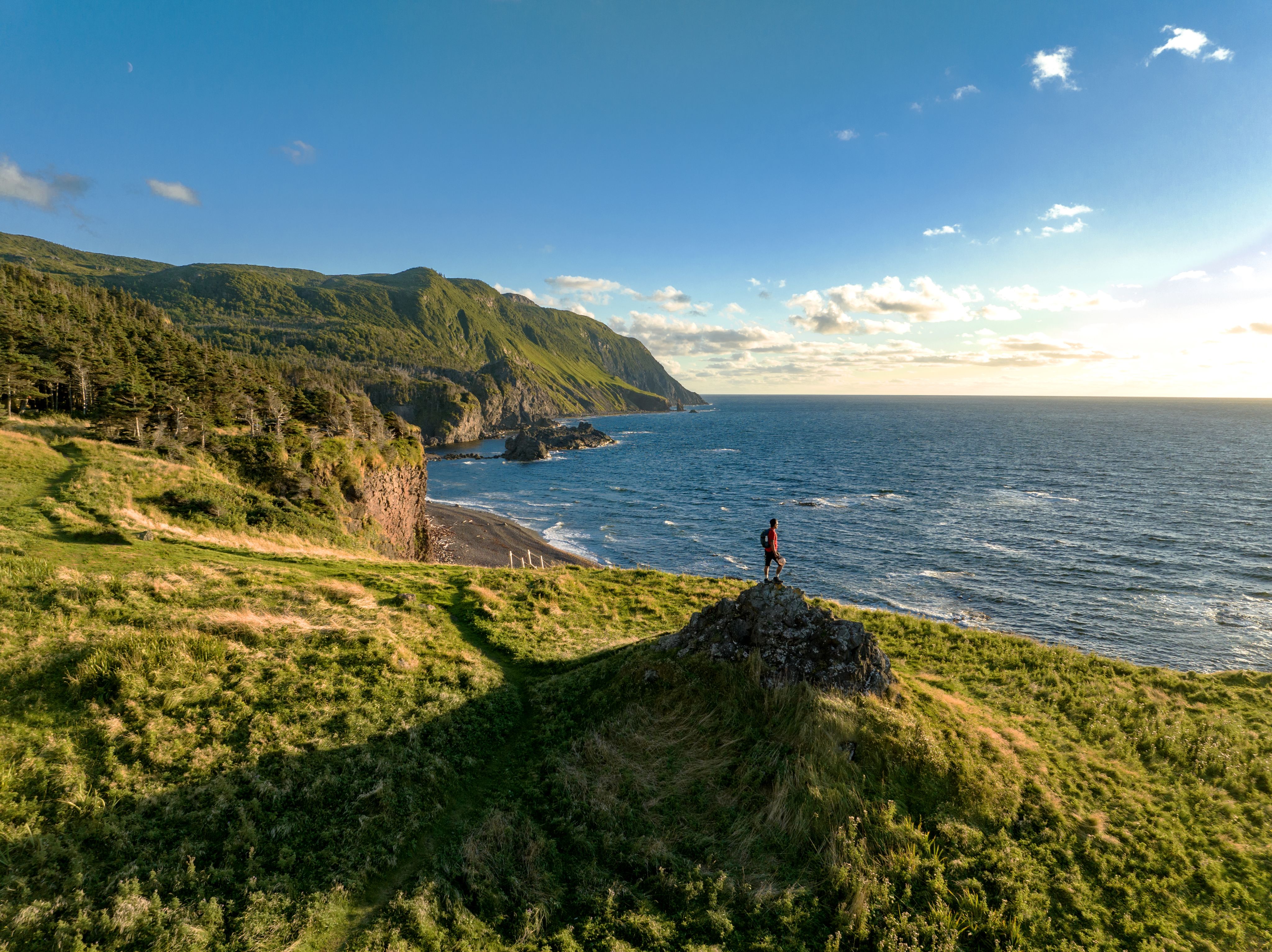
Photo: Dru Kennedy//Newfoundland and Labrador Tourism
Photo: Dru Kennedy//Newfoundland and Labrador Tourism
Dramatic coastlines, dense boreal forests and breathtaking wilderness spaces make Newfoundland and Labrador one of Canada's top destinations.
The following itinerary showcases some of the many culturally and naturally significant sites in Newfoundland.
St. John's

Photo: Barrett & MacKay/Newfoundland and Labrador Tourism
Photo: Barrett & MacKay/Newfoundland and Labrador Tourism
Start your Newfoundland adventure in the capital city of St. John's. The city is 500 years old, making it one of the oldest in Canada. Discover music, art and food in the country's most colourful city.
Be sure to visit Quidi Vidi, one of the city's oldest neighbourhoods. There are walking trails, historical monuments, a waterside brewery and the Quidi Vidi Village Artisan Studios.
In August, Quidi Vidi hosts the Royal St. John’s Regatta, the oldest organized sporting event in North America.
Signal Hill National Historic Site
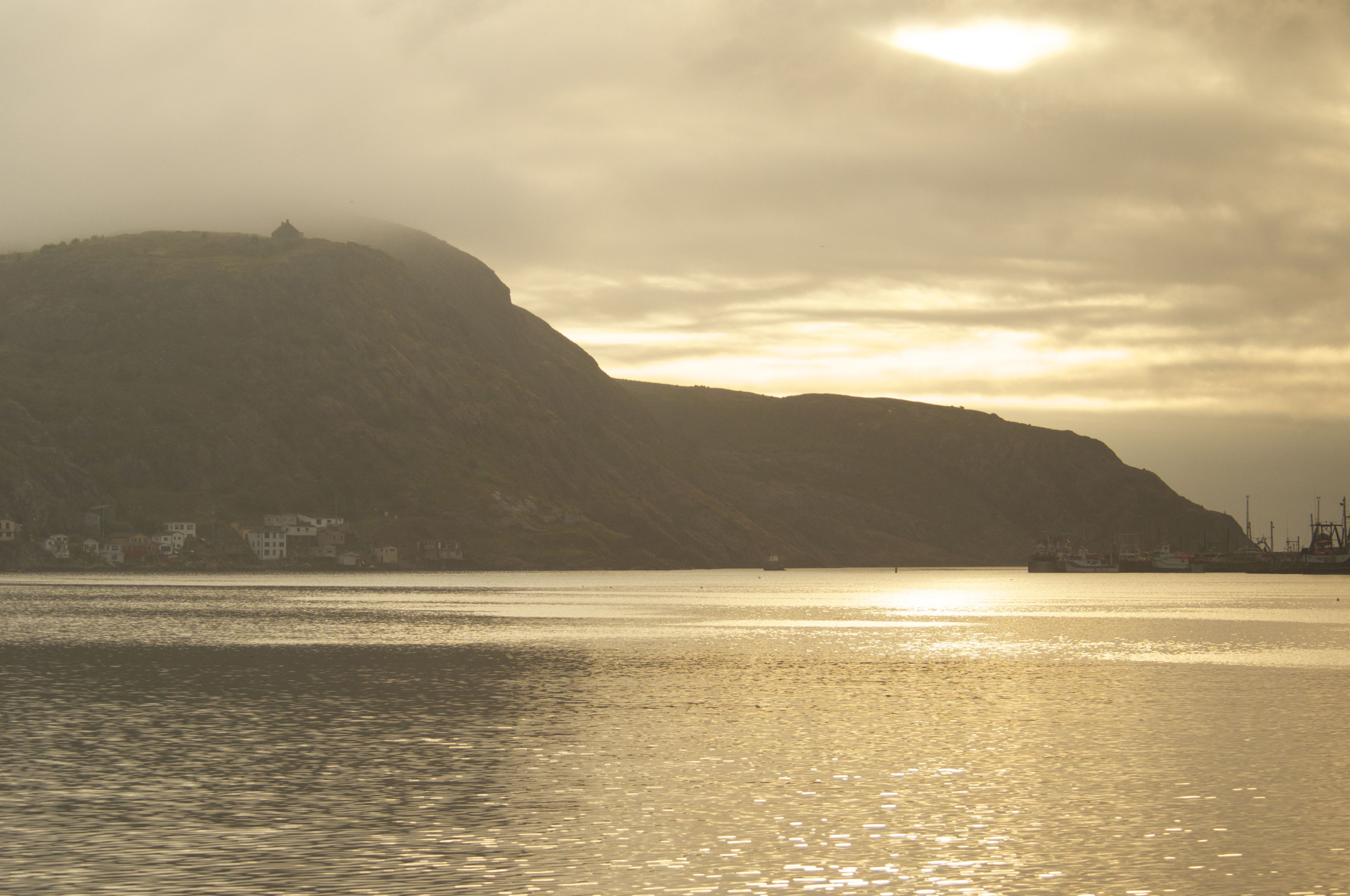
Photo: Tourism Newfoundland and Labrador
Photo: Tourism Newfoundland and Labrador
With sweeping views over St. John's harbour, Signal Hill National Historic Site is worth visiting for the view alone.
The site was designated nationally significant because of its important role in Canada's defence and communications history. The site received its first trans-Atlantic telegraph cable in 1909 and was the first direct link from Ireland to St. John's and St. John's to New York.
The Cabot Tower is a well-recognized landmark in St. John's and can be explored when visiting Signal Hill. It was built between 1897 and 1900.

Cabot Tower, Signal Hill National Historic Site, St. John's, Avalon. Photo by Jason Hill/Tourism Newfoundland and Labrador
Cabot Tower, Signal Hill National Historic Site, St. John's, Avalon. Photo by Jason Hill/Tourism Newfoundland and Labrador
Cape Spear Lighthouse National Historic Site
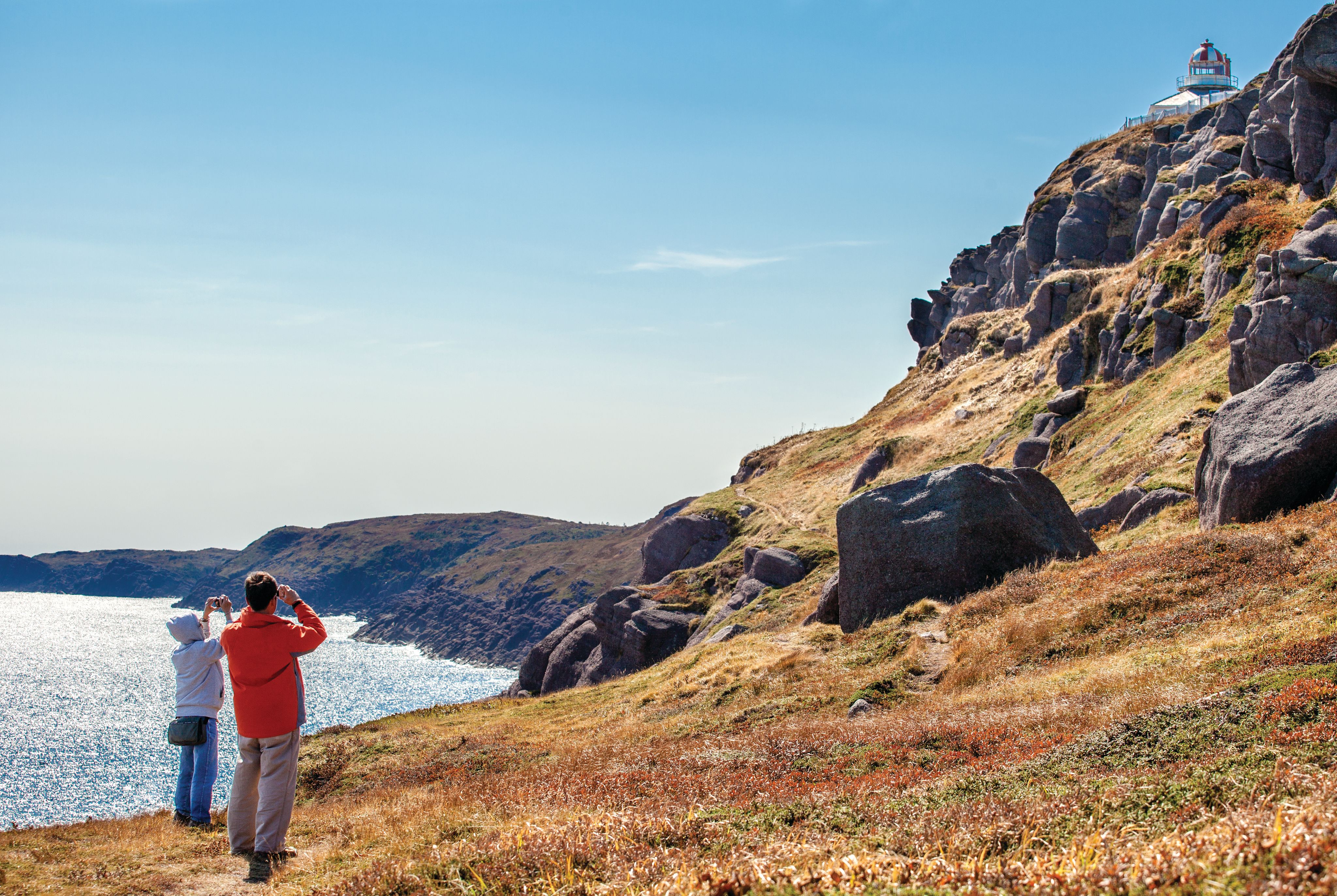
Photo: Tourism Newfoundland and Labrador
Photo: Tourism Newfoundland and Labrador
The Cape Spear Lighthouse National Historic Site sits on a jagged headland that juts out from Newfoundland’s Avalon Peninsula and is the easternmost point on the continent.
Standing on the edge, you’ll have the open Atlantic Ocean on one side and the entire continent of North America on the other side. No other landmass on the eastern seaboard is further east than here and it is clear sailing straight to Europe.
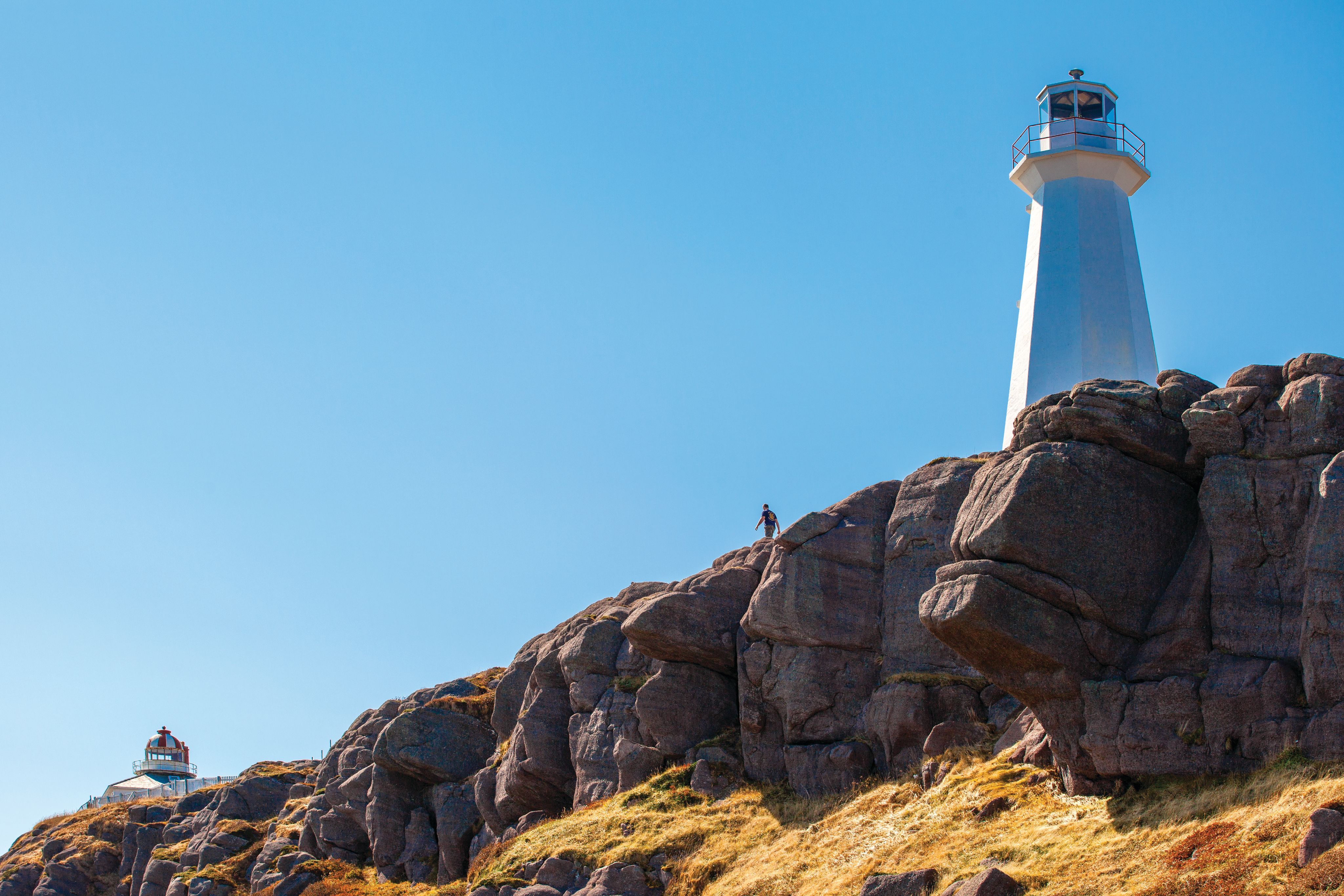
Photo: Tourism Newfoundland and Labrador
Photo: Tourism Newfoundland and Labrador
Visitors often arrive at dawn to see the first sunrise over the continent. You can also explore the historic lighthouse (the oldest surviving in the province) for a glimpse of what life was like for a light-keeping family in the 1830s.
Parks Canada also offers guided walking tours that explore the natural and historic significance of the area and include a visit to a Second World War coastal defence battery complete with historic cannons.
Mistaken Point Ecological Reserve
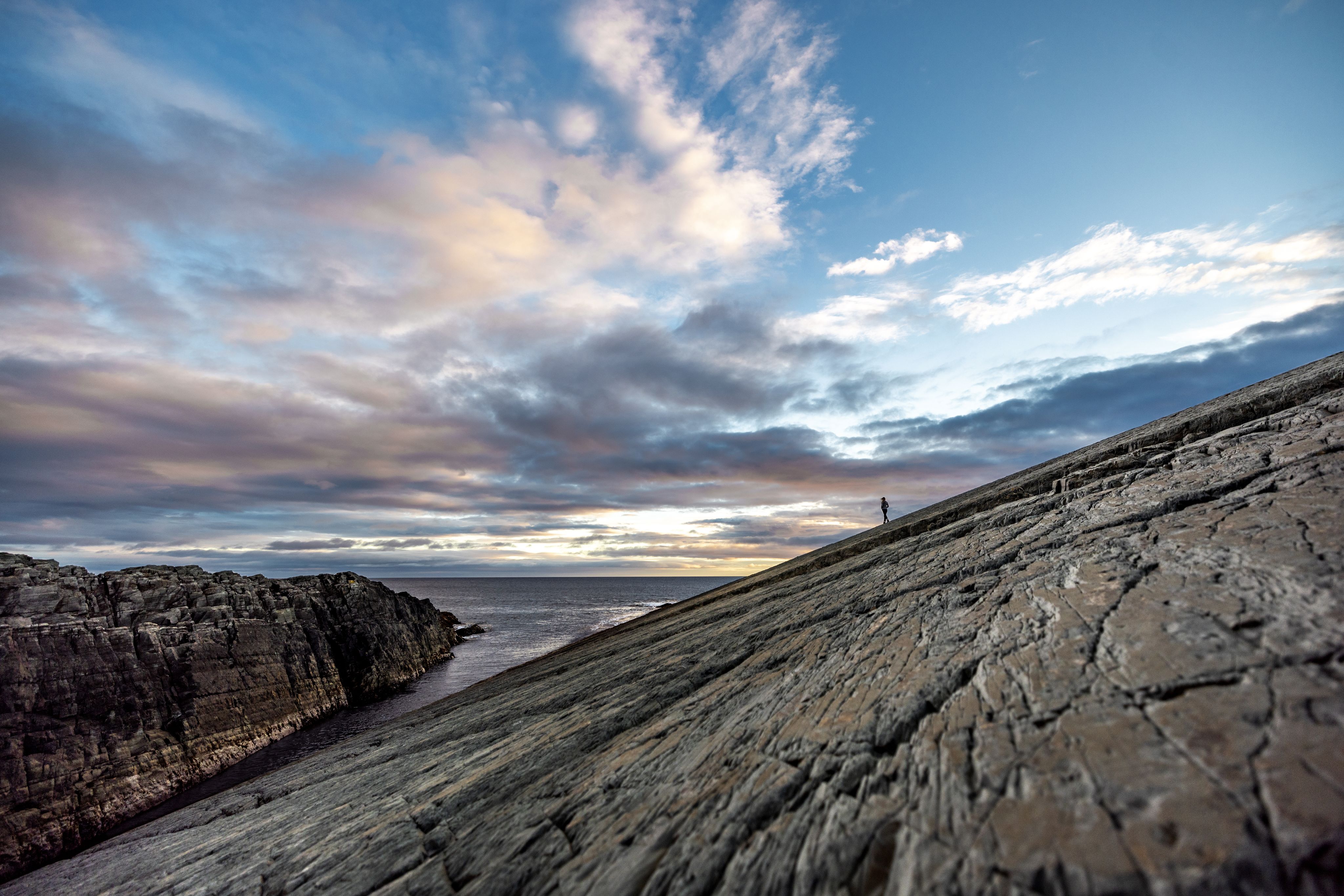
Photo of Mistaken Point/Dru Kennedy Photography
Photo of Mistaken Point/Dru Kennedy Photography
Just a little more than two hours from St. John's (approximately 150km) is Mistaken Point, a UNESCO-recognized site of historic significance.
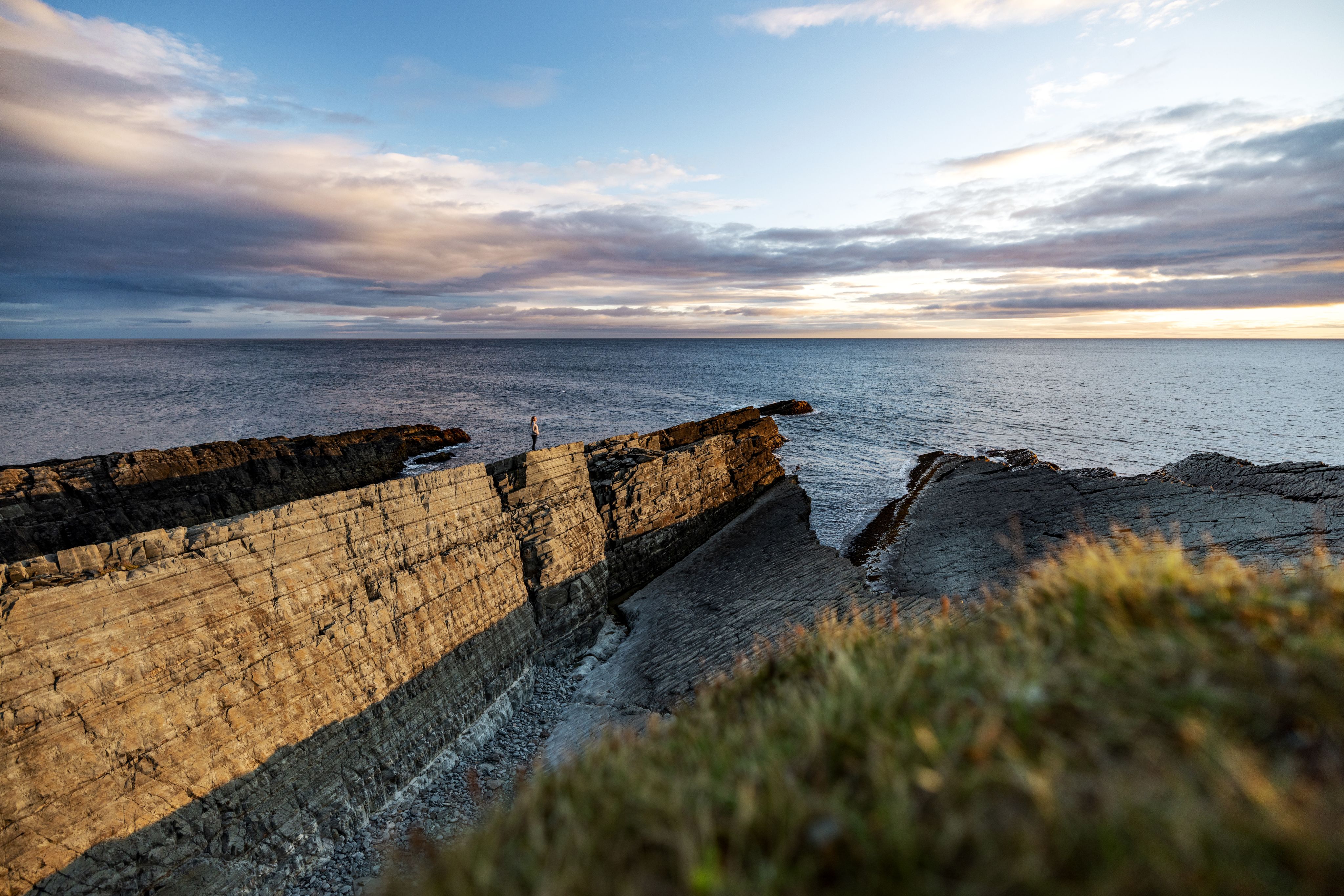
Photo: Dru Kennedy/Tourism Newfoundland and Labrador
Photo: Dru Kennedy/Tourism Newfoundland and Labrador
Canada’s east coast is a hotbed of fossil activity and Mistaken Point offers yet another piece in the evolution puzzle. The fossil discovery here has been significant because it documents the first appearance of large, complex organisms, including the first ancestral animals.
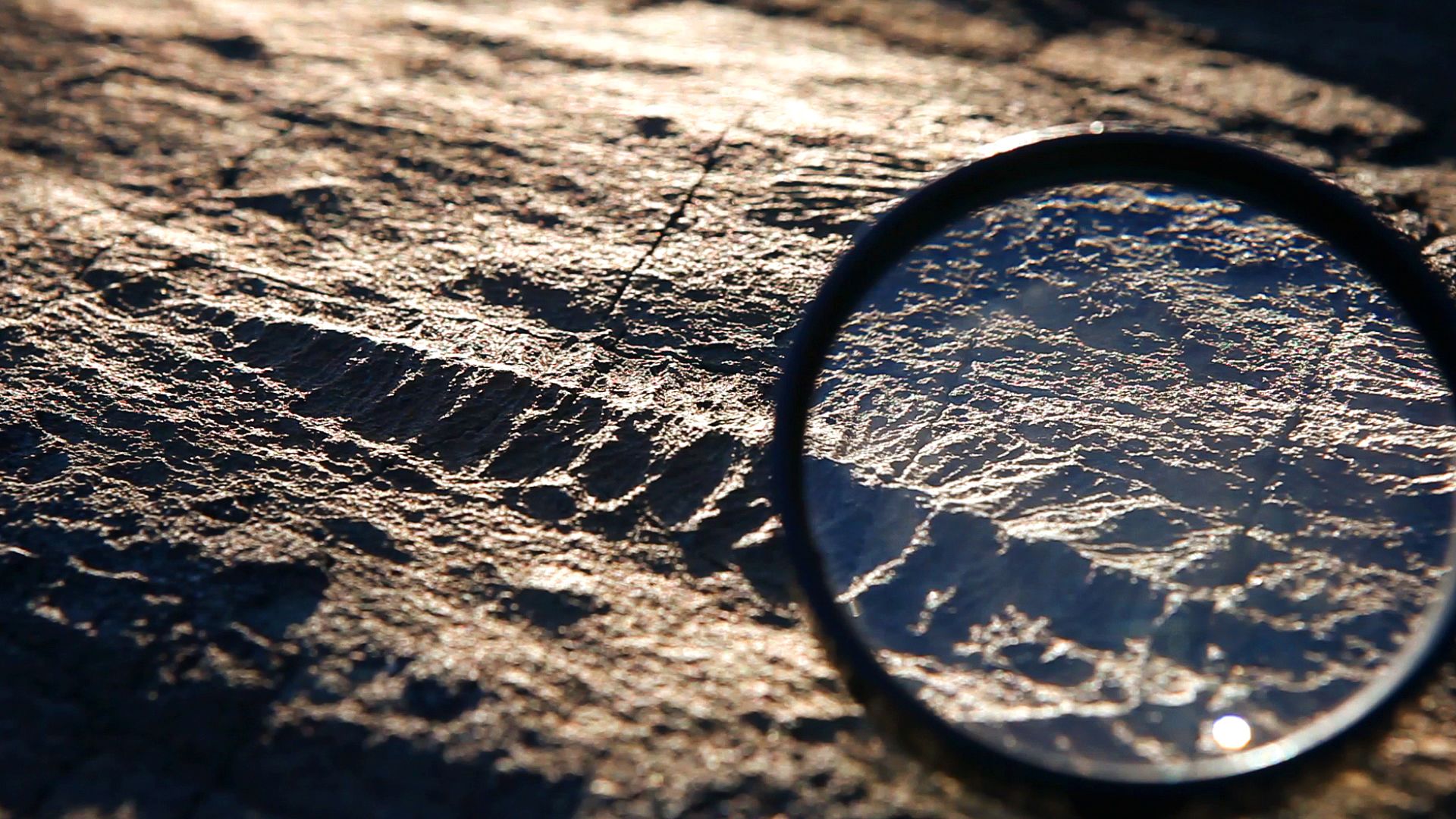
Photo: Tourism Newfoundland and Labrador
Photo: Tourism Newfoundland and Labrador
Dating back 580 to 560 million years, the fossils show soft-bodied creatures that lived on the deep sea floor during the Ediacaran Period when the world was covered by an ancient ocean. Mistaken Point has the most abundant display of Ediacaran fossils in the world.
To see the fossils located within the Mistaken Point Ecological Reserve, visitors must take a guided tour. This is to protect the delicate nature of the area. Guided tours introduce visitors to the history of the area and allow them to see the fossils up close. Visitors have a chance to walk on the surface of the bedding planes filled with thousands of fossils. As the area can be slippery, visitors are asked to wear proper hiking footwear. Tours are small and can be booked up quickly so reservations are recommended.
Gros Morne National Park
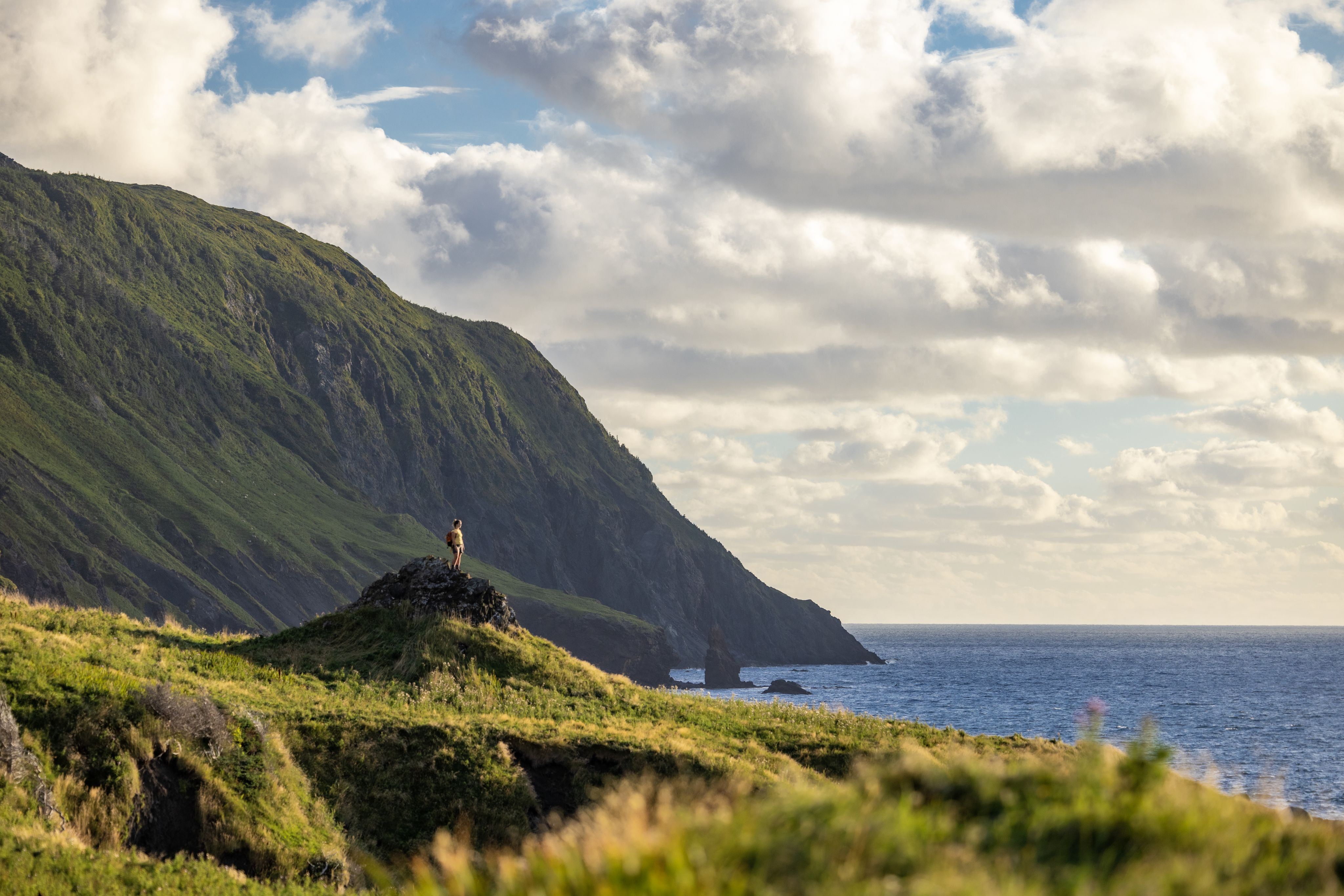
Newfoundland Labrador Tourism/Dru Kennedy
Newfoundland Labrador Tourism/Dru Kennedy
With deep fjords, dizzying waterfalls and stunning ecological features, Gros Morne National Park amazes people with its surreal beauty. Within its relatively small footprint, the park offers a vivid example of the process of plate tectonics and their monumental impact on a landscape. It is one of the reasons why the park is recognized by UNESCO as a World Heritage Site.
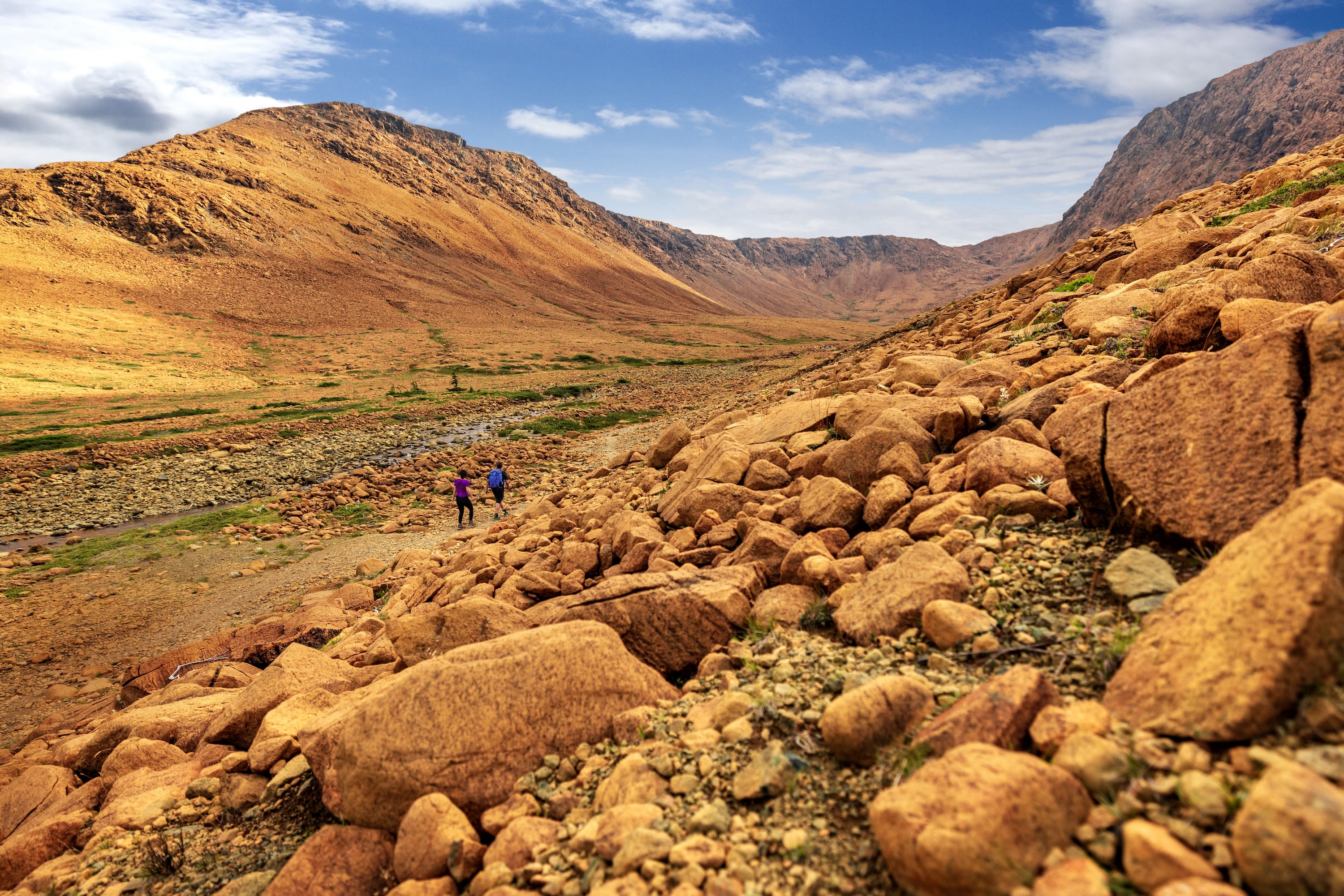
Photo: Dru Kennedy/Tourism Newfoundland and Labrador
Photo: Dru Kennedy/Tourism Newfoundland and Labrador
Gros Morne is one of those rare places where the Earth’s mantle (usually hidden) is on display.
Gros Morne National Park has many options for exploration. The park is divided into a north and south side by a 25 km long fjord (called Bonne Bay). The diverse landscape of the park offers so many different ways to explore: hike the Tablelands — that rare outcrop of the Earth’s mantle, cruise a freshwater fjord at Western Brook Pond or explore the Lobster Cove Head Lighthouse.
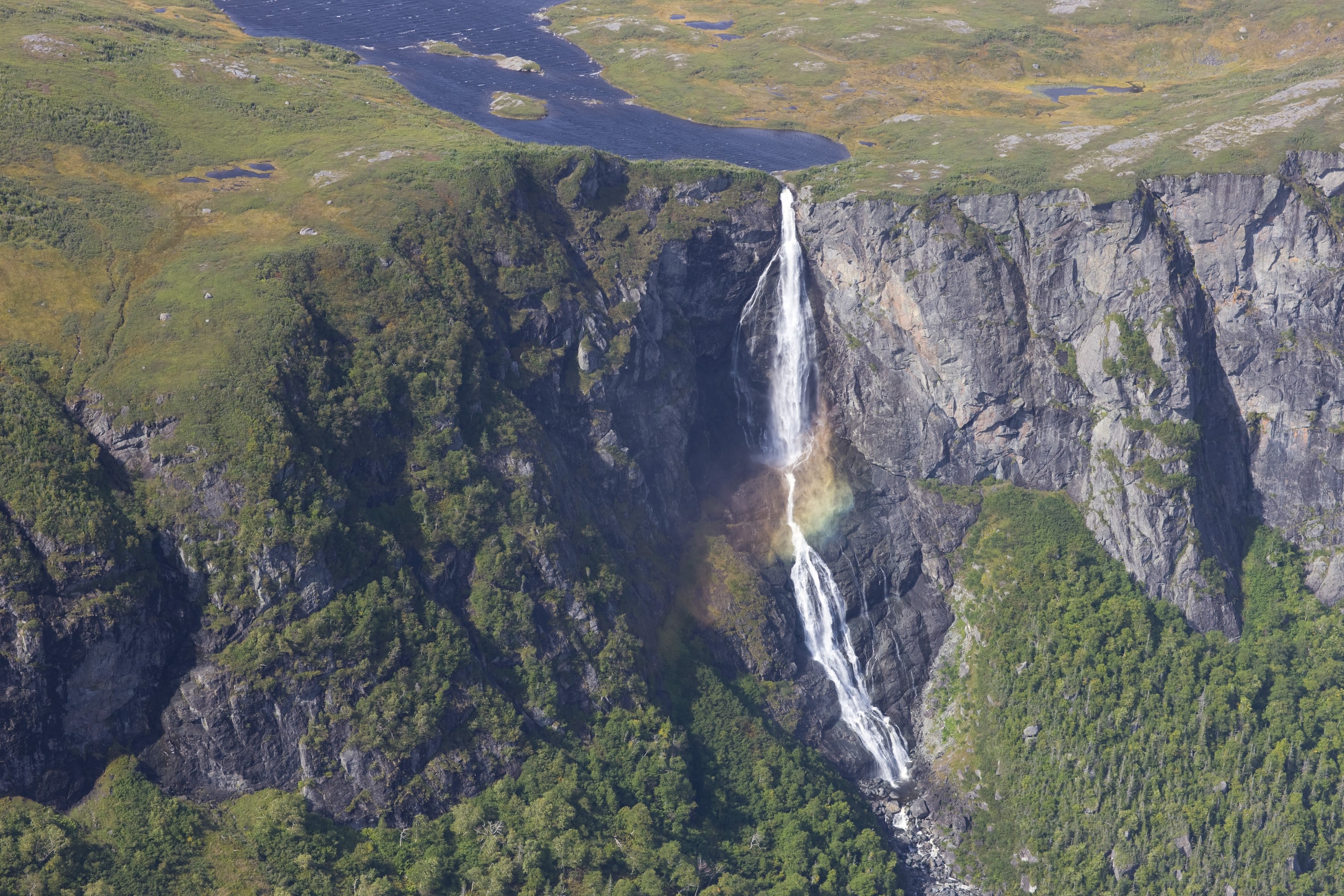
Photo: Barrett & MacKay/Tourism Newfoundland and Labrador
Photo: Barrett & MacKay/Tourism Newfoundland and Labrador
L’Anse aux Meadows
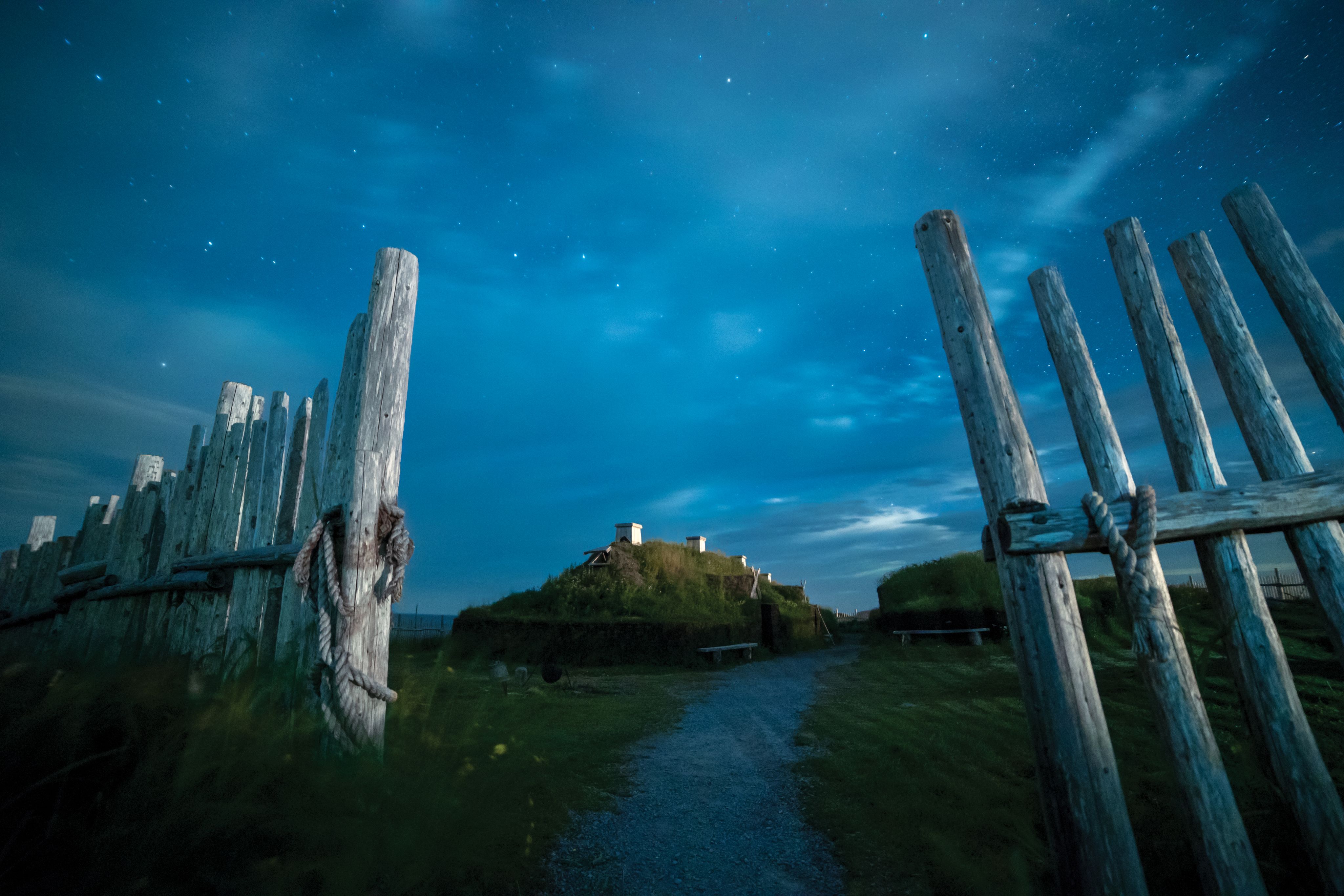
Photo: Dru Kennedy/Tourism Newfoundland and Labrador
Photo: Dru Kennedy/Tourism Newfoundland and Labrador
L’Anse aux Meadows marks the first and only known site established by the Vikings in North America. The remains of three timber-and-sod longhouses and five smaller buildings are 1000 years old and mark the first evidence of European settlement on the continent. This is significant because the settlement that followed it changed the course of the world’s history, forever interrupting the way of life of Indigenous people and establishing new migration routes.
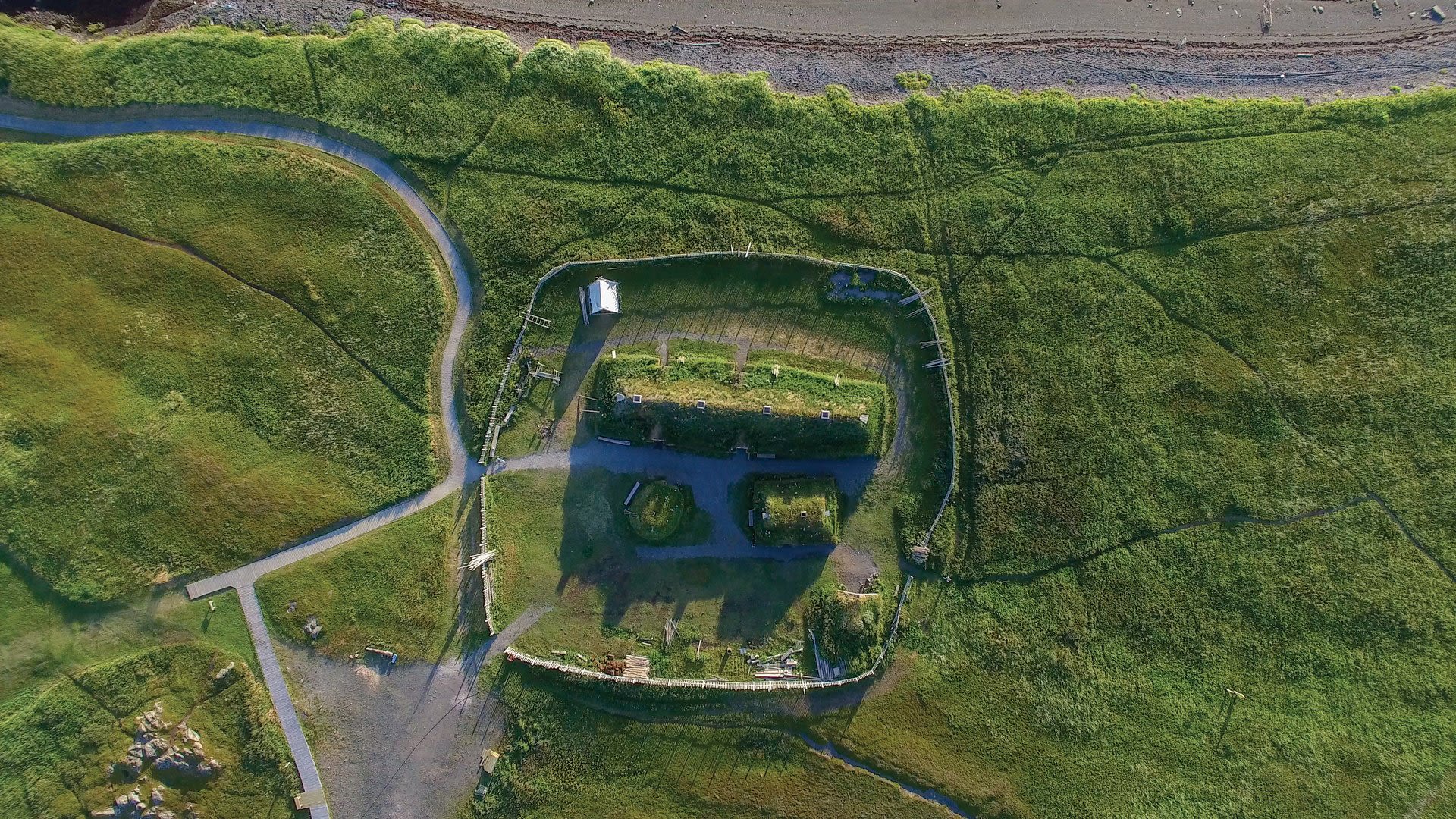
Photo: Dru Kennedy/Tourism Newfoundland and Labrador
Photo: Dru Kennedy/Tourism Newfoundland and Labrador
Excavations of this site have revealed the 11th- century wood-framed and peat-turf buildings that mimic the Norse style of those found in Greenland and Iceland, as well as hundreds of Viking artefacts, some made from wood and other from iron, stone, bronze and bone.
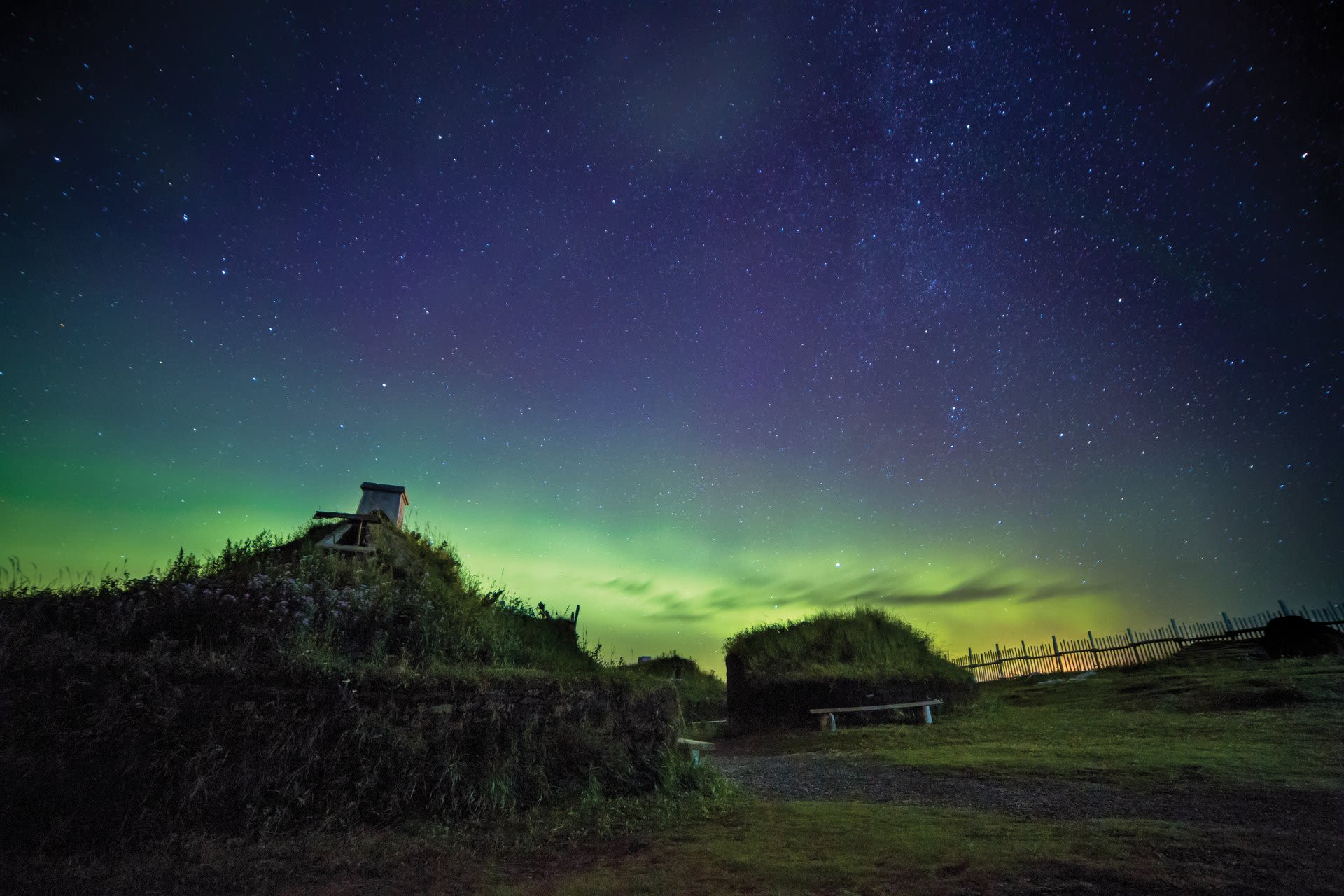
Photo by Dru Kennedy/ Tourism Newfoundland and Labrador
Photo by Dru Kennedy/ Tourism Newfoundland and Labrador
Visiting L’Anse aux Meadows is like travelling back in time to stand in the footsteps of the Vikings. Visitors can try their hand at blacksmithing and weaving while guides in costume bring the whole experience to life. A few kilometres away is Norstead, a recreated Viking port where Norse games and activities abound. The Snorri, a replica Viking ship, is also worth a visit.
Red Bay

Photo: Dru Kennedy/Tourism Newfoundland and Labrador
Photo: Dru Kennedy/Tourism Newfoundland and Labrador
The Red Bay Basque Whaling Station is located in Labrador, where the Gulf of St. Lawrence meets the Labrador Sea. It is possible to drive to Red Bay Labrador from mainland Canada along the Québec-Labrador Highway known as Expedition 51° or alternatively, visitors to Labrador can arrive by ferry from St. Barbe, Newfoundland. The ferry will drop you off in Blanc Salon, Québec and from there, it is a 1 hour drive to Red Bay.
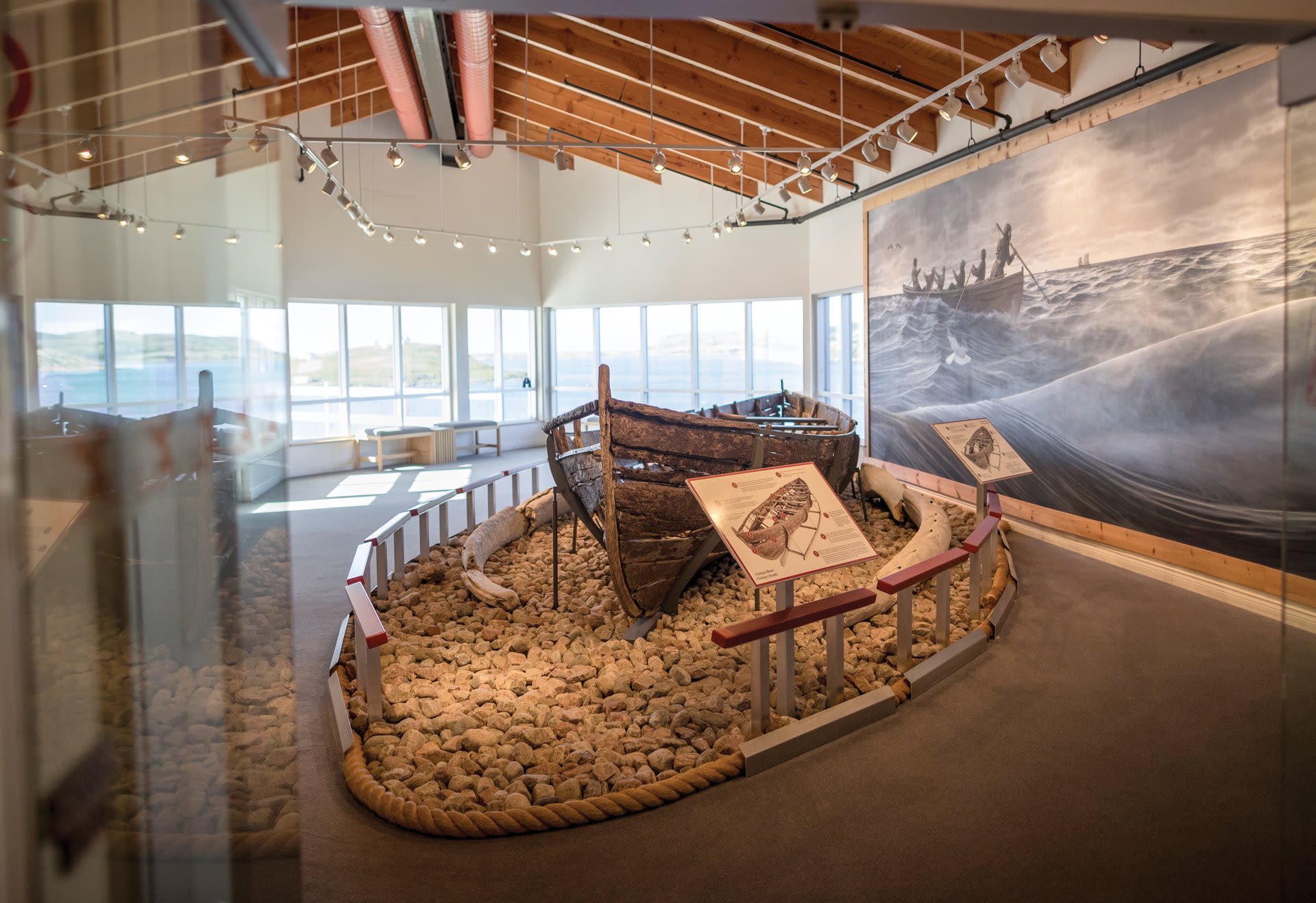
Photo: Dru Kennedy/Tourism Newfoundland and Labrador
Photo: Dru Kennedy/Tourism Newfoundland and Labrador
The tradition of Basque whaling dates back to the 1540s when thousands of men would sail across the Atlantic from southern France and northern Spain to hunt whales in the waters of eastern Canada. At the time, the waters were full of North Atlantic Right Whales (a species that is now on the endangered list) and Bowhead Whales. Whalers would kill the whales and render their blubber into oil. Whale oil was highly prized in Europe at the time and so the activity of whale hunting became one of the earliest examples of industrial-scale exploitation of North America’s natural resources.

Photo: Dru Kennedy/Tourism Newfoundland and Labrador
Photo: Dru Kennedy/Tourism Newfoundland and Labrador
Today, the Red Bay Basque Whaling Station stands as an outstanding example of the tradition of whale hunting by the Basques in the 16th century. It is the most extensive and best-preserved whaling station of this type in the world.
Visitors will be greeted with beautiful scenery and stunning water views. The interpretive centre showcase the struggles and dangers of life as a traditional Basque whaler. Take a tour, stand at the burial ground where 140 people are buried from the sinking of the San Juan in 1565 and take a boat out to Saddle Island to find the remains of a long-ago way of life — ovens that were used to render whale fat into oil, ancient whale bones and cooperages where oil barrels were assembled.
Battle Harbour
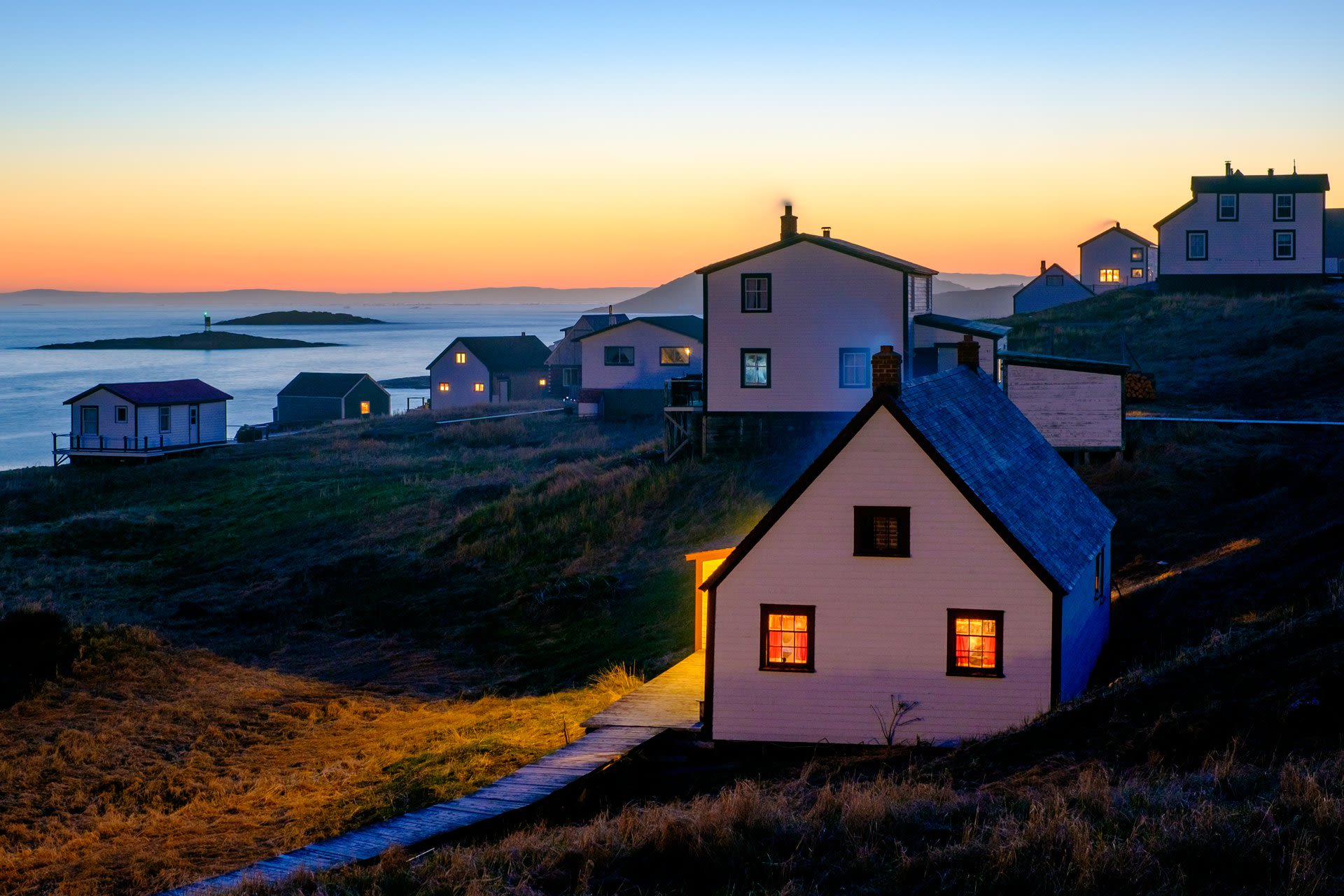
Photo: Battle Harbour Historic Trust/Tourism Newfoundland and Labrador
Photo: Battle Harbour Historic Trust/Tourism Newfoundland and Labrador
Battle Harbour is a restored fishing village that dates back to the 19th Century. It is located on a small island — the aptly named Battle Island — 9 miles away from the mainland, in the Labrador Sea.
To get there, visitors can take the daily morning ferry from Mary's Harbour. It takes about an hour to reach Battle Harbour and you'll cross St. Lewis Inlet. Depending on the time of year, you may see whales or icebergs in the water, or seabirds flying overhead, as you journey from one harbour to the next.

Photo of Battle Harbour/Dru Kennedy Photography
Photo of Battle Harbour/Dru Kennedy Photography
Once on the island, visitors will quickly be immersed in the stories and history of this community. As the island is only one kilometre long and about half a kilometre wide, it is easy to explore. Follow the footpath around the island to see the natural and historic beauty.
This community was once an important centre for cod fishing and is still considered by many to be the unofficial capital of Labrador. The historic site keeps alive the stories of the past.
Embrace Canada with Landsby
Landsby creates unique and immersive experiences that not only provide travellers with purposeful and enriching trips but aim to positively impact the communities being explored.
